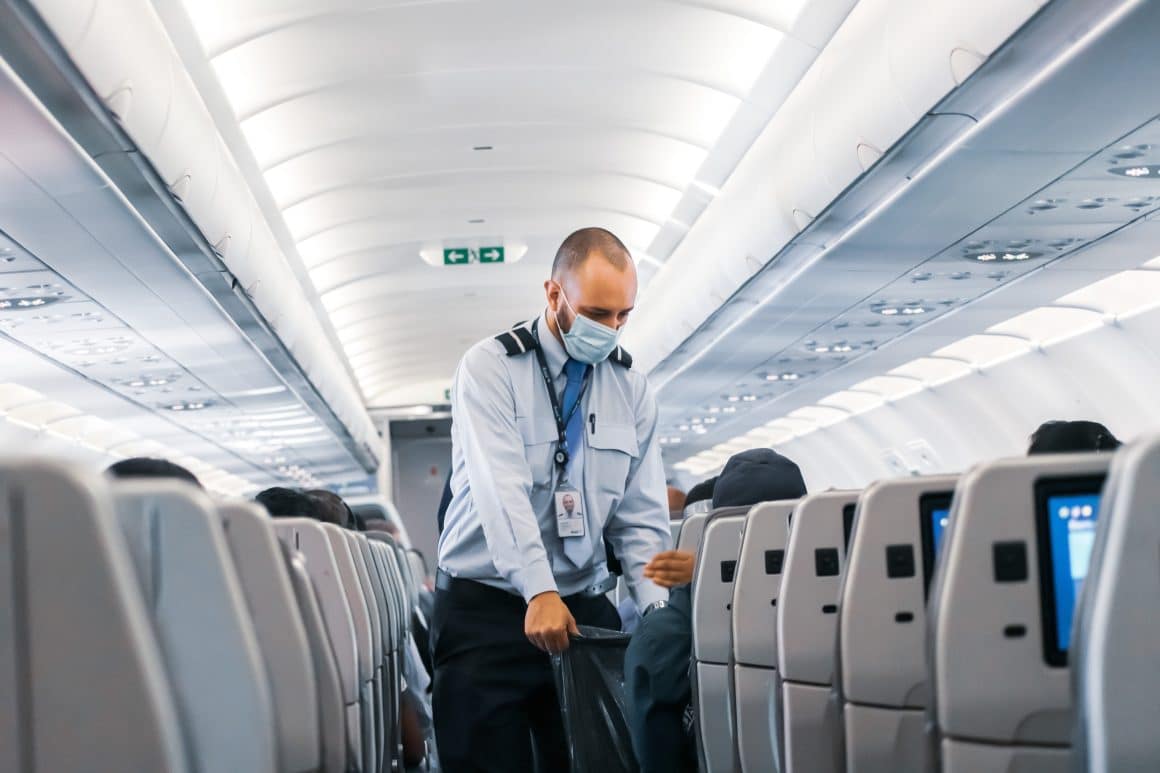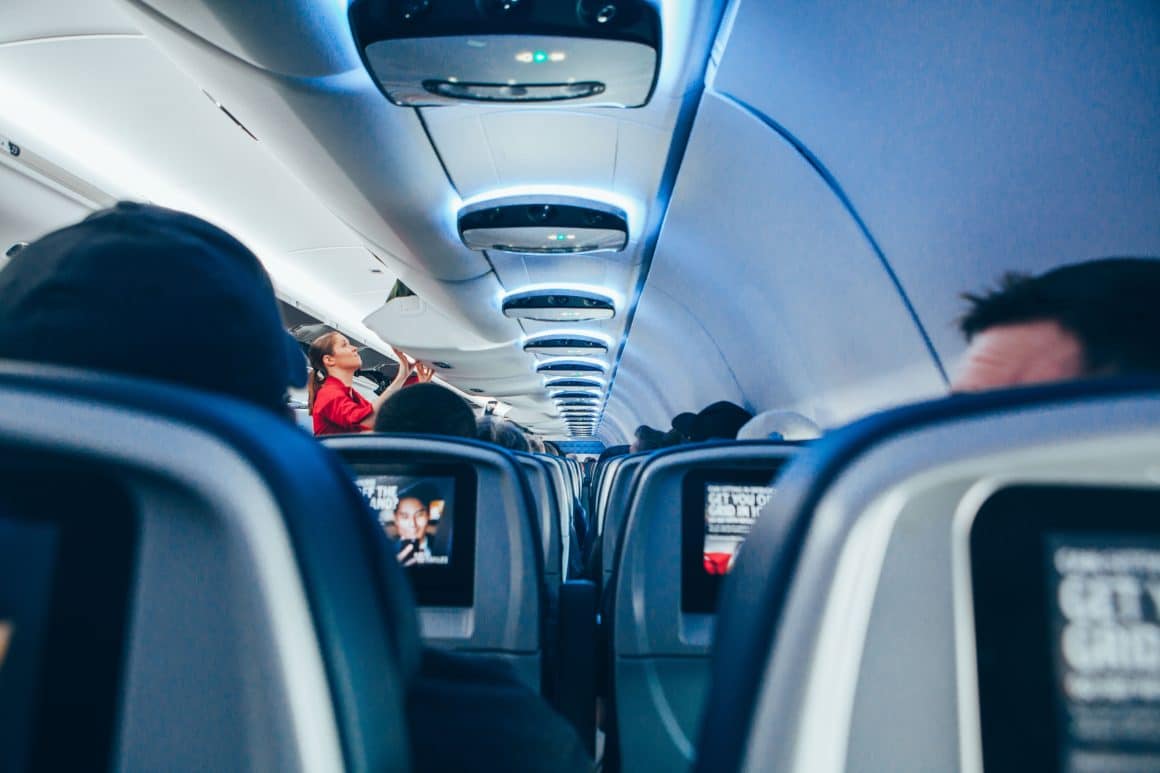Flight attendants in the United States will now be guaranteed a 10-hour rest between duty periods, the Federal Aviation Administration (FAA) announced Thursday at a ceremony at Reagan National Airport (DCA) in Washington.
The updated requirements will apply to flight attendants scheduled to work 14 hours or less. Previously, the FAA required a minimum of nine consecutive hours of rest.
U.S. Department of Transportation Secretary Pete Buttigieg says the legislation, which will take effect in 90 days, is all about safety.
“Flight attendants, like all essential transportation workers, work hard every day to keep the traveling public safe, and we owe them our full support,” said Buttigieg. “This new rule will make it easier for flight attendants to do their jobs, which, in turn, will keep all of us safe in the air.”
The law also prohibits a reduction in rest period time, no matter the circumstance. The current rule allows for a nine-hour rest period, with the option of eight hours if needed.
The Legislation Has Overwhelming Bipartisan Support

The new requirement is in response to the FAA Reauthorization Act of 2018, which calls for an increase in rest breaks. Despite overwhelmingly bipartisan Congressional approval, the legislation stalled during the Trump administration and left the 10-hour rest requirement unfulfilled. The FAA published the proposed rule in November 2021 after the Biden administration promised its support.
The increased rest requirement has plenty of support. However, there were some objections. Airlines for America (A4A), a trade group representing major airlines such as American, Delta, and United, objected to the change in its proposed form. A4A representatives say there are other ways to achieve the same results.
“Regulations should be limited to implementing only what is required by the statute,” A4A representatives said during a public commenting period. “The FAA could achieve the safety benefits of this regulation effectively and more efficiently through a risk-based rule in lieu of prescriptive hours-based requirements.”
The group represents 66 percent of all flight attendants in the United States.
A4A estimates the legislation will lead to nearly $790 million in additional costs for its members over the next ten years. The costs will stem from new hire turnover costs, training, scheduling software, and travel costs. Additionally, the group said the legislation could result in a loss of income for flight attendants. Reasons for reduced income could include reduced schedule flexibility, unpaid “idle” time away from home, and operational disruptions.
Safety Equity is Crucial for Flight Attendants, Pilots, Fliers

With this change, flight attendant rest times align more closely with pilot rest time mandates. Typically, pilots must rest for ten hours.
“We are here to make a change in aviation safety – one that’s been long overdue,” said acting FAA Administrator Billy Nolen. “The bottom line is that a rest period increase for flight attendants corrects a historical inequity.”
Some of the inequities stem from legislation passed following the crash of Colgan Air Flight 3407. Flight 3407 was a commuter flight that crashed outside of Buffalo, New York, in 2009. Some suggest a contributing factor to the accident was crew fatigue. However, the NTSB was never able to fully prove that was the case.
“When the Colgan crash happened, the pilot rest rules were changed – essentially overnight,” said Sara Nelson, president of the Association of Flight Attendants, CWA. “But flight attendants were essentially left on the cutting room floor.”
The increased rest rules come at a particularly vulnerable time for flight attendants. In the past couple of years, flight attendants have had to battle ta global pandemic, increasingly unruly passengers, and fatigue.
“Today, this is getting corrected,” said Nelson. “And we are going to see, by the new year, this implemented across the industry.”
